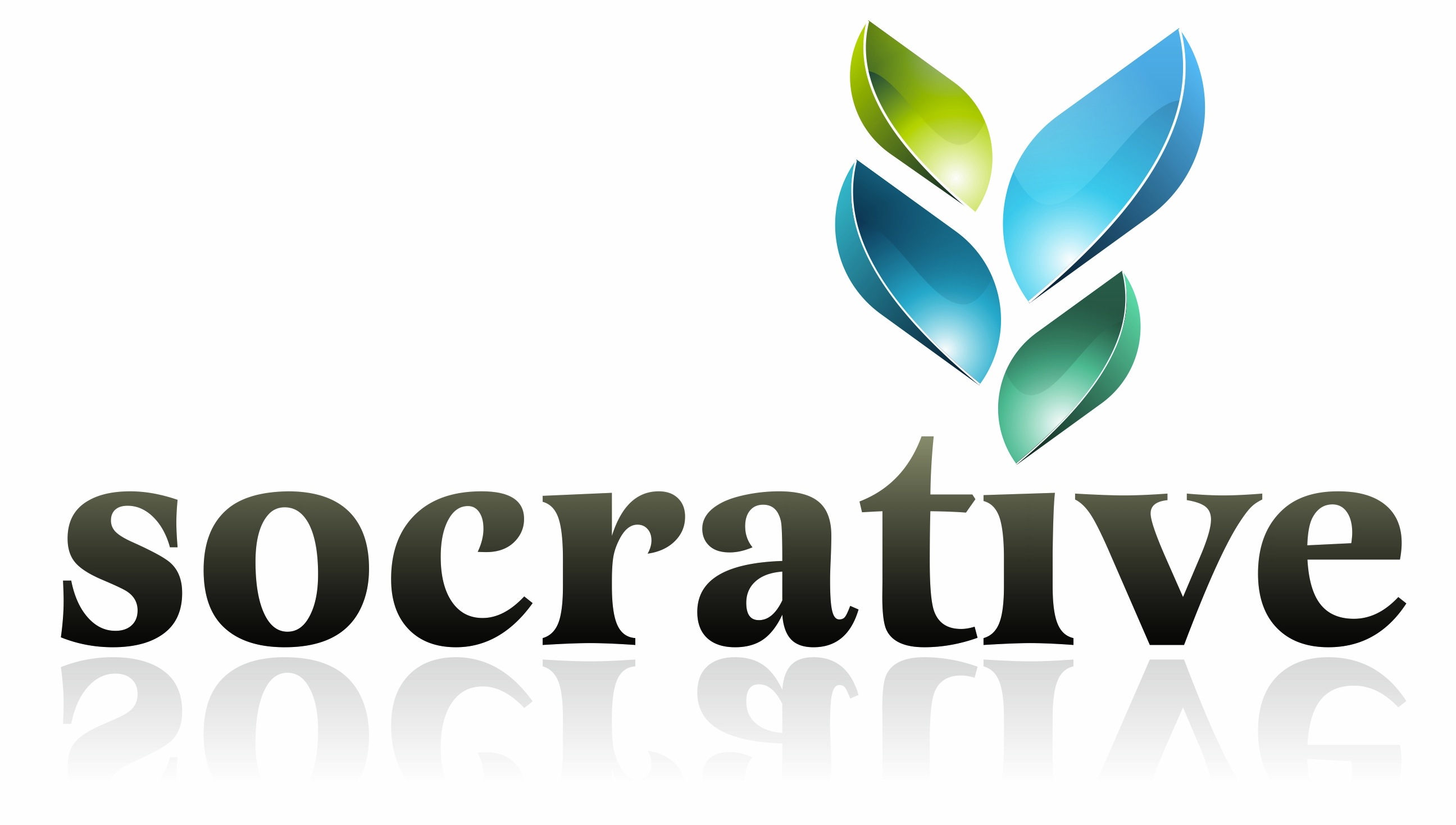As a classroom teacher, I was always looking for ways to get formative feedback from my students. Pop quizzes were fine, but I still had to grade them overnight and wait until the next day to give students their feedback. Exit tickets were a better option, but I often struggled to grade them quickly in class so that I could use the data immediately. At best, I was able to modify my plans for the next day’s lesson. Then, I found Socrative.
Socrative is a great student-response system designed for teachers looking to tap into real-time questioning, analyzing student responses, and data visualization. I am a visual learner and always understand material better with graphs and charts. Socrative allows me to visualize my students’ response data quickly. I can then use my class time more effectively based on the results from quizzes, quick questions, or exit tickets. I receive instant feedback that I use to personalize my lesson’s content “on-the-fly.”
Socrative, as a student-response system, is different from a Schoology assessment. I am huge proponent of creating quizzes and tests in Schoology, however, sometimes you need a quick way to get formative feedback from students during a lesson. I suggest Socrative. Although you cannot embed a Socrative exit ticket or quiz into a website, blog, or Learning Management System (LMS), it is quick and easy to have students navigate to Socrative from their device. Students do not need to create an account; they simply go to https://b.socrative.com/login/student/. Oftentimes, I have students just Google “Socrative” and choose the student link. Once there, they enter their Teacher’s Room Code, and they are in!
In terms of collecting student responses, I use different options depending on my need. For example, I use Schoology assessments for summative tests at the end of a unit of study. I use Google Forms when students are pacing themselves in Schoology, instead of a traditional lecture-style lesson. I then embed a form that students must complete before moving on to the next online activity in Schoology (e.g.: discussion, page with embedded pictures or videos, or assignment).
Dashboard Overview in Socrative:
Students see the questions on their screen.
When students answer, they get immediate feedback.
As a teacher, you can set the pace of the quiz. For example, you can have students answer at their own pace, receiving feedback as they progress. You can have students self-pace, but with no feedback given until the end, or you, as the teacher, can control the pace of the quiz.
You can disable student names, randomize the order of the questions and the answers, and disable student feedback. It all depends on how you want to structure the quiz or exit ticket.
Questions can also be short answer. As a teacher, I tend to use multiple choice as formative quizzes throughout the lesson, and use short answers for exit tickets. Multiple choice answers are quick to answer in the middle of a lesson. Short answers may require more reflection or synthesis of the lesson's content.
When you are ready to view the results, you can display them in a grid-like matrix to immediately see how students did per question. If, for instance, you notice that many students missed Question #3, then you can re-teach that question.
 One of the my favorite features of Socrative is the fact that when creating questions, I can embed pictures and explanations for each question. The human brain processes visual information 60,000 times faster than regular text, and 90% of the information that comes to brain is visual (Burmack, 2004). Therefore, it makes sense that, as teachers, we should be incorporating more images into our lessons and assessments.
One of the my favorite features of Socrative is the fact that when creating questions, I can embed pictures and explanations for each question. The human brain processes visual information 60,000 times faster than regular text, and 90% of the information that comes to brain is visual (Burmack, 2004). Therefore, it makes sense that, as teachers, we should be incorporating more images into our lessons and assessments.
So, whether you are a teacher looking to flip the delivery of your content, just want a better way to engage your students, or want a quicker way check for student understanding, I suggest looking at Socrative.







No comments:
Post a Comment